Due to human activities and several other factors, a lot of rare wildlife species are nearing extinction. According to reports, India’s heaviest flying bird has faced a massive decline from 250 to 150 in the last few years.
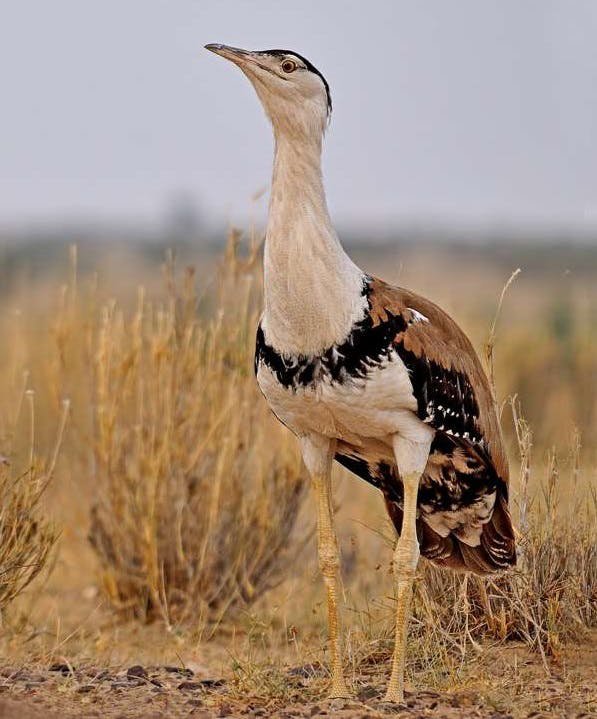
Experts have claimed that the Centre paid attention to the species’ declining population only when the International Union for Conservation of Nature categorised it as ‘critically endangered’.
The same experts have also pointed out that nothing has been done to preserve their natural habitats (grasslands). They also added that power transmission lines and windmills pose a huge threat to their lives but no steps have been taken to prevent that.
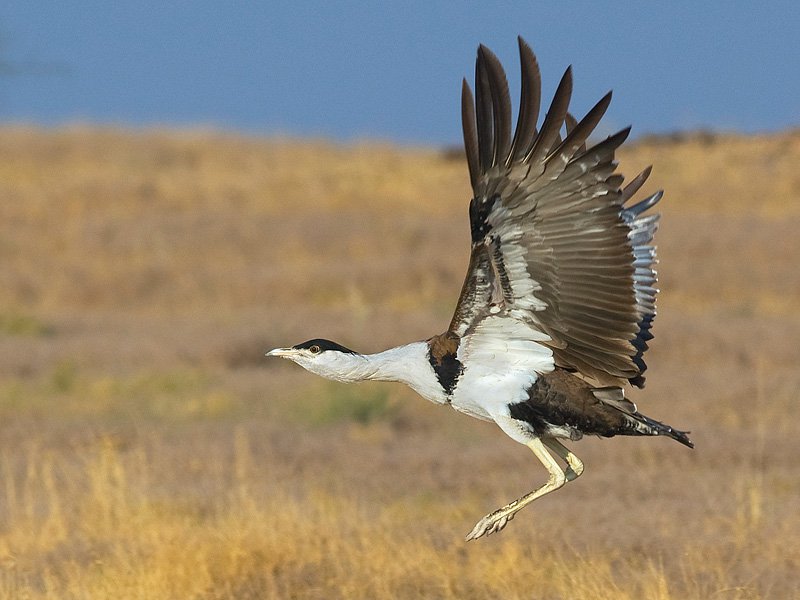
Reportedly, a large number of the birds have died due to coming in contact with windmills or have gotten electrocuted by low-hanging power transmission lines
Apparently, the Ministry of New and Renewable Energy has proposed the idea to power transmission agencies to identify GIB habitats by introducing risk reduction methods. These methods include painting tips of wind turbines to make them more visible to the birds and making power transmission lines underground.
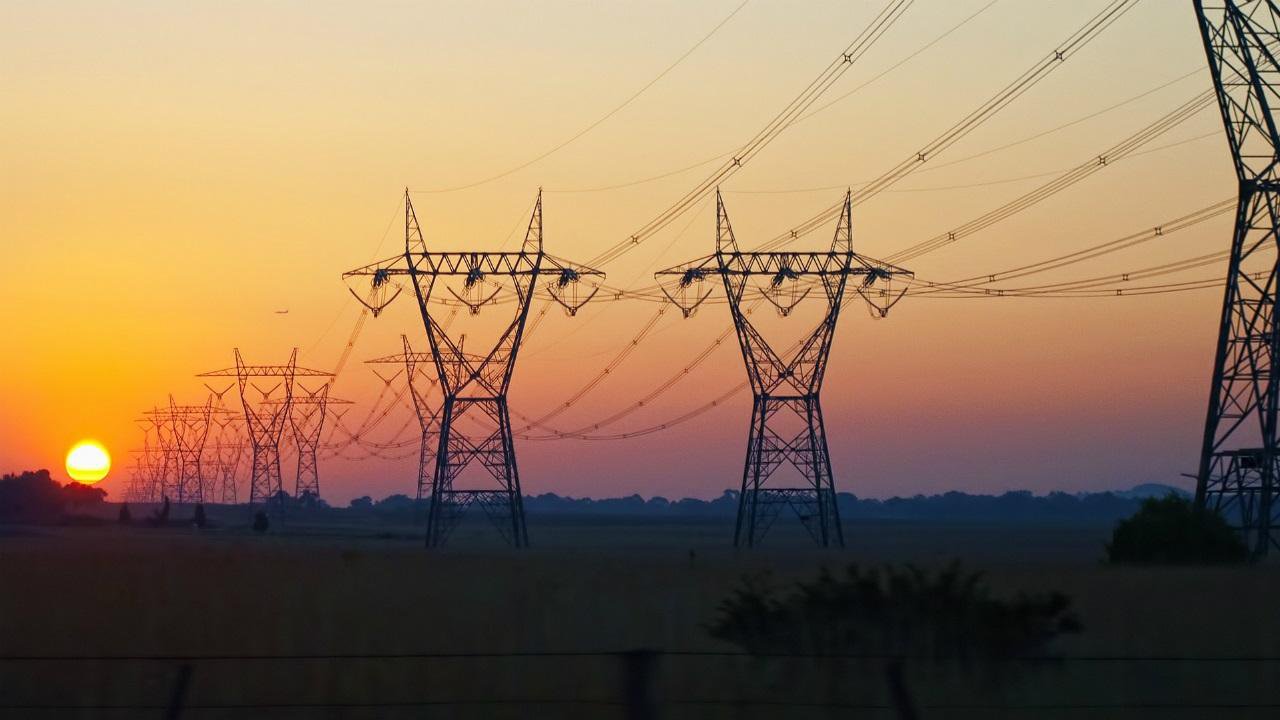
A member of the Standing Committee of National Board for Wildlife, H S Singh has said that even though there has been a lot of conversation about identifying these areas, little has been done.
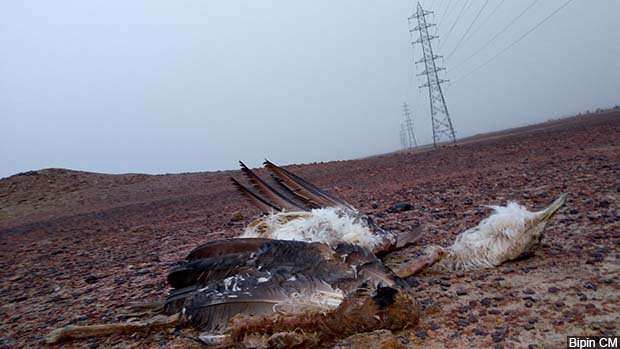
Devesh Gadhvi, deputy director of The Corbett Foundation who works towards GIB conservation said,
State governments should take power lines underground. Since 2014, when the first case of GIB collision in Kutch was recorded, there has been talk about that, but so far nothing has been done. If the bird goes extinct, it will only be due to lack of a political will.
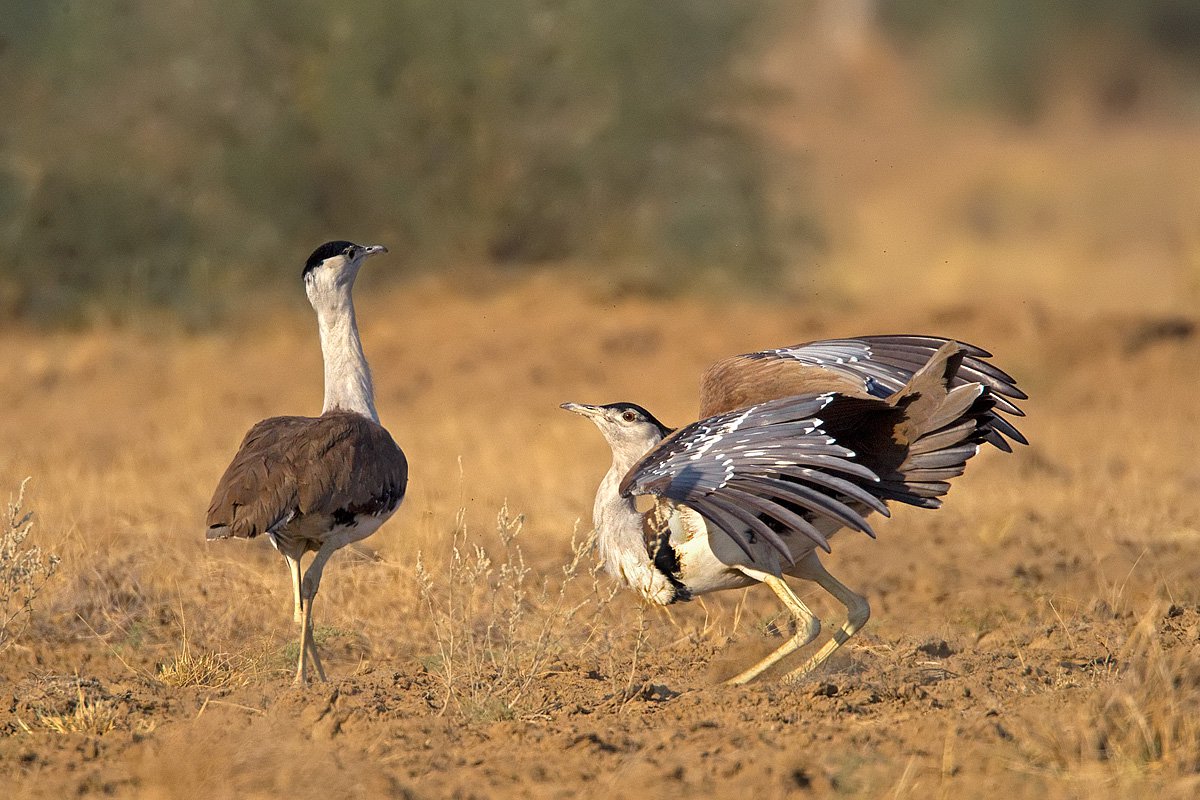
The report also adds that laying a kilometre of power line underground will cost around Rs 1 crore and that has been a obstacle in the project.
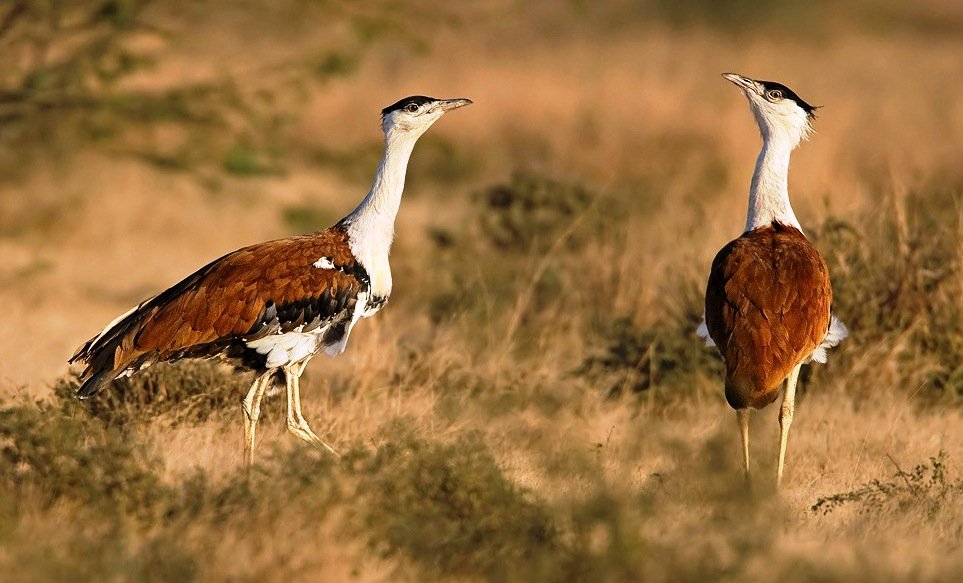
The GIB was once spread over 11 states and now they are confined mostly to Gujarat and Rajasthan.

















